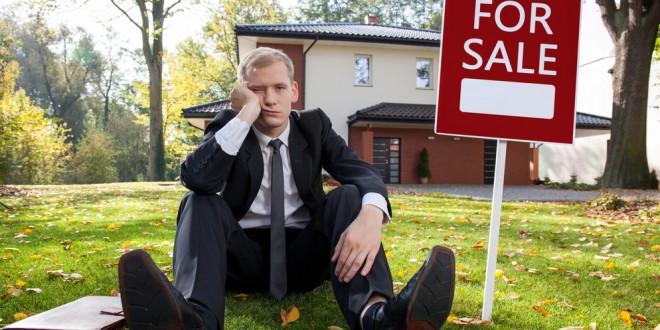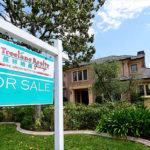
Will 2016 be remembered as the peak of the recovery? It was the best year for sales in more than a decade. Will sales take a break in 2017, a victim of political uncertainty, rising rates and prices that are outpacing incomes? Even worse, will 2017 herald a multi-year downtrend in sales?
Last year, existing-home sales finished 2016 at 5.45 million sales and surpassed 2015 (5.25 million) as the highest since 2006 (6.48 million). This year, most forecasters predict the streak will end.
One outlier is Ten-X, the new online platform for residential; and commercial real estate, which predicts a slight year-over-year increase in January existing home sales. January sales will fall between seasonally adjusted annual rates of 5.32 and 5.67 million, with a targeted number of 5.49 million – the same number of homes sold in December of 2016, and an increase of 0.03 million from the year-ago level.
“The good news is that it looks like 2017 is getting off to a slightly better start than 2016 did, and existing home sales are staying at a healthy level,” said Ten-X Executive Vice President Rick Sharga. “But there are plenty of challenges facing the housing market this year, including incredibly low inventory of homes for sale, rising home prices and higher interest rates. Still, we’re cautiously optimistic that the market will improve slightly on a year-over-year basis.”
“Slightly better” is better than the consensus for the year to come.
Buyers are souring before the season begins. Though the spring season is months away, buyer attitudes are turning surprising negative:
- NAR’s latest Homes survey released today found that optimism about this being a good time to buy diminished among non-owners during 2016. The percent share who believed it was a good time to buy declined from 63 percent in the first quarter to 55 percent in the fourth quarter. The share of homeowners who thought it was a good time to buy also dipped as the year went on but hovered at a much higher rate of around 80 percent each quarter.
- Fannie Mae’s Home Purchase Sentiment Index® (HPSI) decreased in December for the fifth consecutive month, dipping 0.5 points to 80.7. Net shares of consumers expecting mortgage rates to go down over the next 12 months and those who believe their household income is significantly higher today compared to year-ago levels fell four and five percentage points, respectively.. Both the net percentage of those who believe it is a good time to sell and the net share who believe that home prices will go up remained unchanged in December.
The new year opened with inventories critically low. . Redfin reported December new listings down 5.2 percent from 2015. Both Trulia and Zillow found inventory shortages among an extraordinary disparity of supplies by price tier. (Zillow: On a year-over-year basis, inventories of entry-level homes are 6.9 percent lower than last year compared to 2.4 percent for upper tier homes. Trulia: On a year-over-year basis, supplies of starter homes were 12.2 percent below last year, compared to 5.6 percent for premium homes.)
Affordability is worsening. A survey last week put three U.S. cities on the list of the top 10 least-affordable housing markets in the world: Santa Cruz, CA; Santa Barbara, CA; and San Jose, CA. Yesterday Zillow warned that if household incomes fail to keep up with increases in home prices, particularly if mortgage rates continue to rise, the affordability gap in these metros will linger. Per the Case-Shiller Index, American home prices have reached levels not seen since shortly before the Great Recession brought the market crashing down in 2008. Trulia reports that, the average starter home buyer will need to spend 38.5% of their monthly income to buy a starter home – a 1.9 percentage point increase from last year. This decline in affordability is more than twice as much for trade-up homes (up 0.9 percentage points) and nearly four times the amount needed to buy a premium home (up 0.5 percentage points).
Some forecasters are losing faith. In December Fannie Mae’s economist lowered their forecast for 2017 sales from a 2.9% annual increase to 2.2% and raised their final numbers for 2016 sales from 3.9% to 4.2%. In January, Freddie Mac’s forecasters also raised their 2016 numbers slightly but cut their 2017 expectations for new and existing homes from 6.16 million to 5.75 million sales. Realtor.com is even forecasting existing home sales to increase by only 1.9% this year, to 5.46 million homes.





